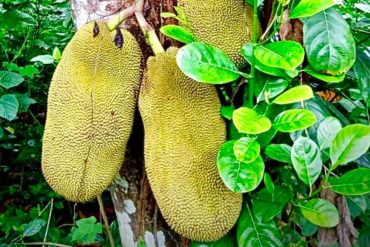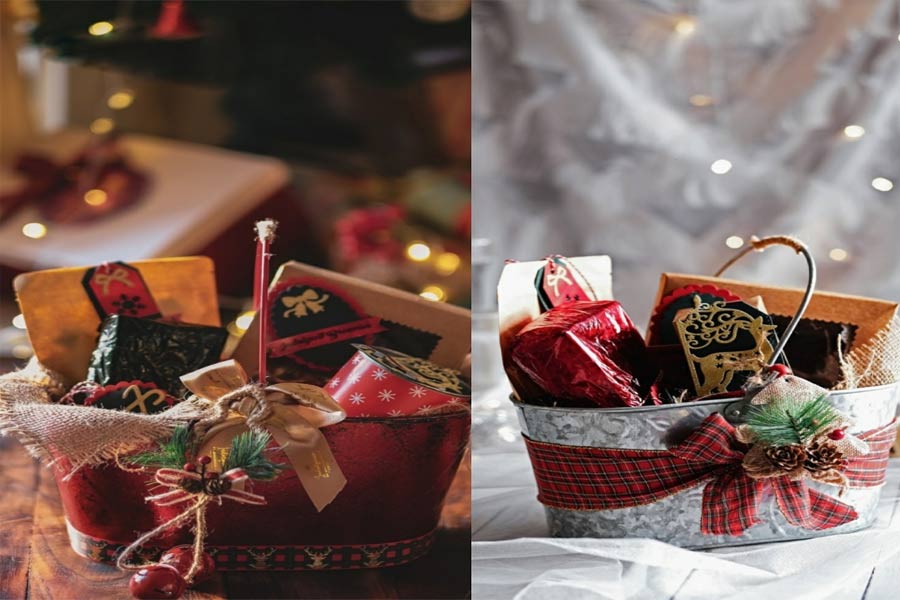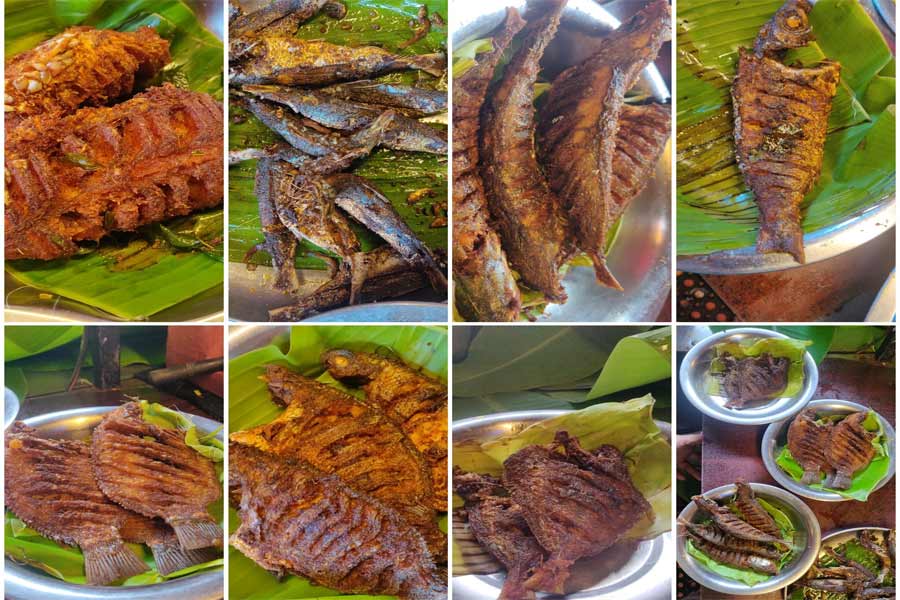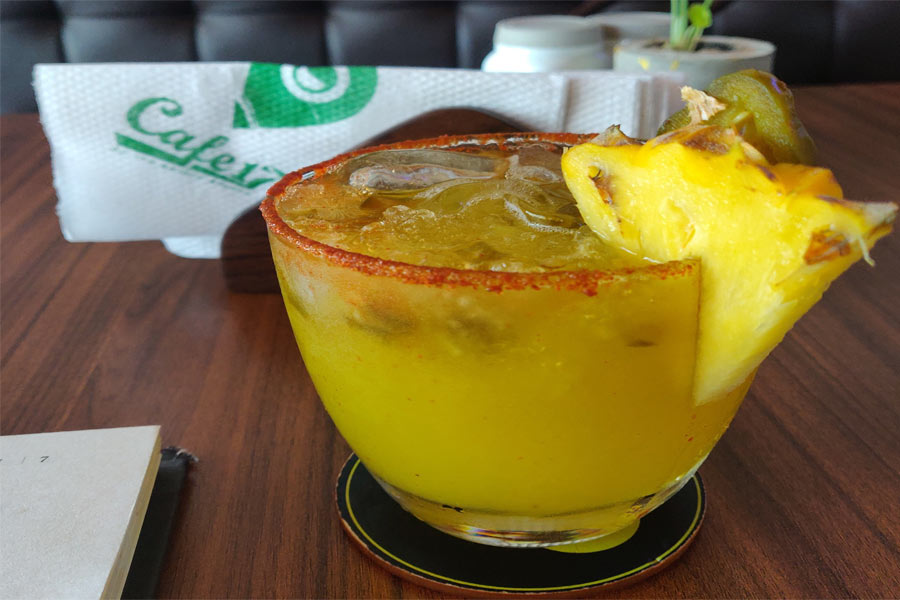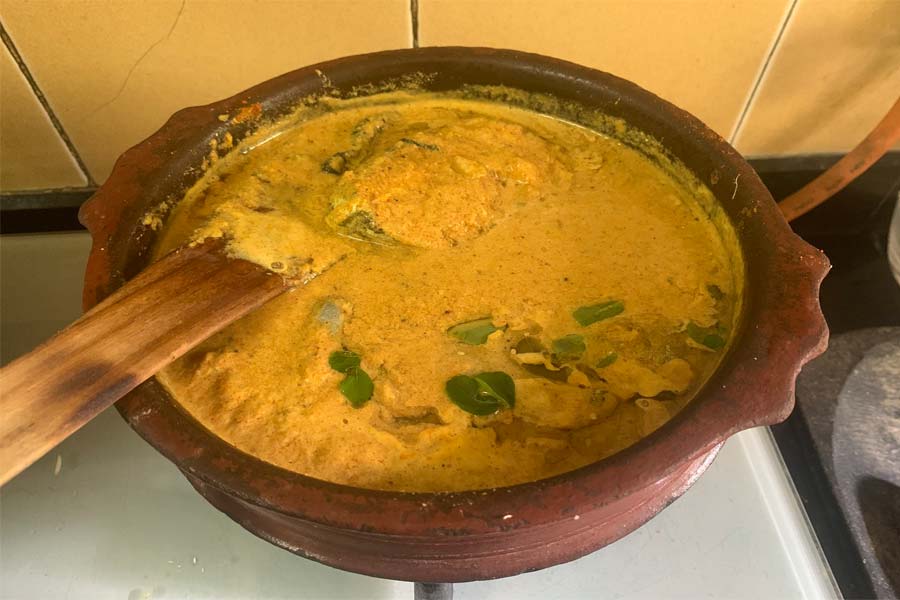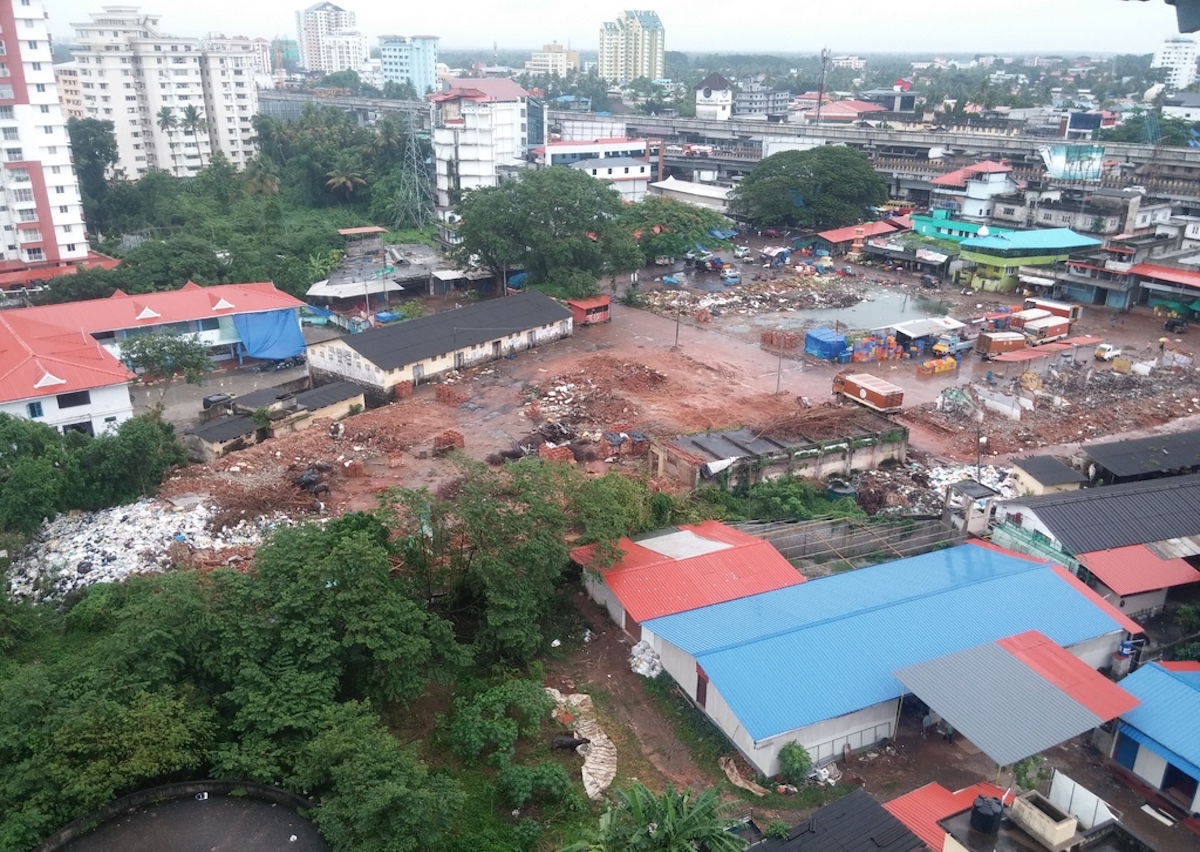In another time and in a long-forgotten reality, it would have been summer holidays now and a young girl in a white petticoat would have been sitting dreamily under a mango tree. A book in one hand, a half-eaten mango in the other, yellow juice dripping down her chin, she would be glancing up now and then, waiting for the next perfect one to fall.
We were a blessed lot; summer was a time to be lazy. Even more blessed were we to spend those months between two villages in Kuttanad— Kavalam and Pulincunnu. Two grandmothers as different as chalk and cheese, or should I say cake and halwa? The paternal one was a rowdy and the maternal one prim and proper, the epitome of grace. Maybe the only factor that was common between the two were the trees of mangoes that adorned their yards. But then, even those trees were different in their own way.
The yard was Kavalathammachi’s kingdom. And come summer, mangoes were the queens. Last I remember, there were seventeen of them, not one the same as the other. All of them planted, watered and lovingly nurtured by her. On the right side in the front of the house was the slightly plump Moovandan, just behind the house was the lanky Neelam, strutting in the wind like a model cat walking on a ramp. There was the huge rounded Suvarnarekha, a perennial favorite of the worms. Getting a completely unblemished one was a miracle. The rest of them were like us kids, urchins. The uppu maanga mangoes knew their purpose in life and they gave birth to symmetrically rounded ones. There was another longish one that did not have any name in particular but continued to give us the sweetest of fruits without any complaint. It was the chakiri maanga that won our hearts hands down though. The ripe ones still maintained its green colour towards the tip. It was the root that showed its true colours. Light purple on the verge of turning yellow was the perfect state. The tree waited for breezy afternoons and us. Thud, thud, thud, the mangoes would drop. And we would dart here and there searching for the perfect ones. Wiping it on the petticoat was cleaning enough. An expert nip at the tip, a perfect hole would form and then the feast would commence. You had to suck the juices out just so, that the skin doesn’t break till the end. Then you rip the skin off, turn it inside out, pass it through your teeth, polish it clean and throw it away. Next you turn your attention to the seed. You pass it in and out of your mouth in sweet abandon, all that is left would be a squeaky-clean remnant that was finally tossed away casually. Eating a mango like that is an art by itself, you see. Only for connoisseurs. Peeling the skin off with a knife, cutting it delicately and eating it daintily is for amateurs.
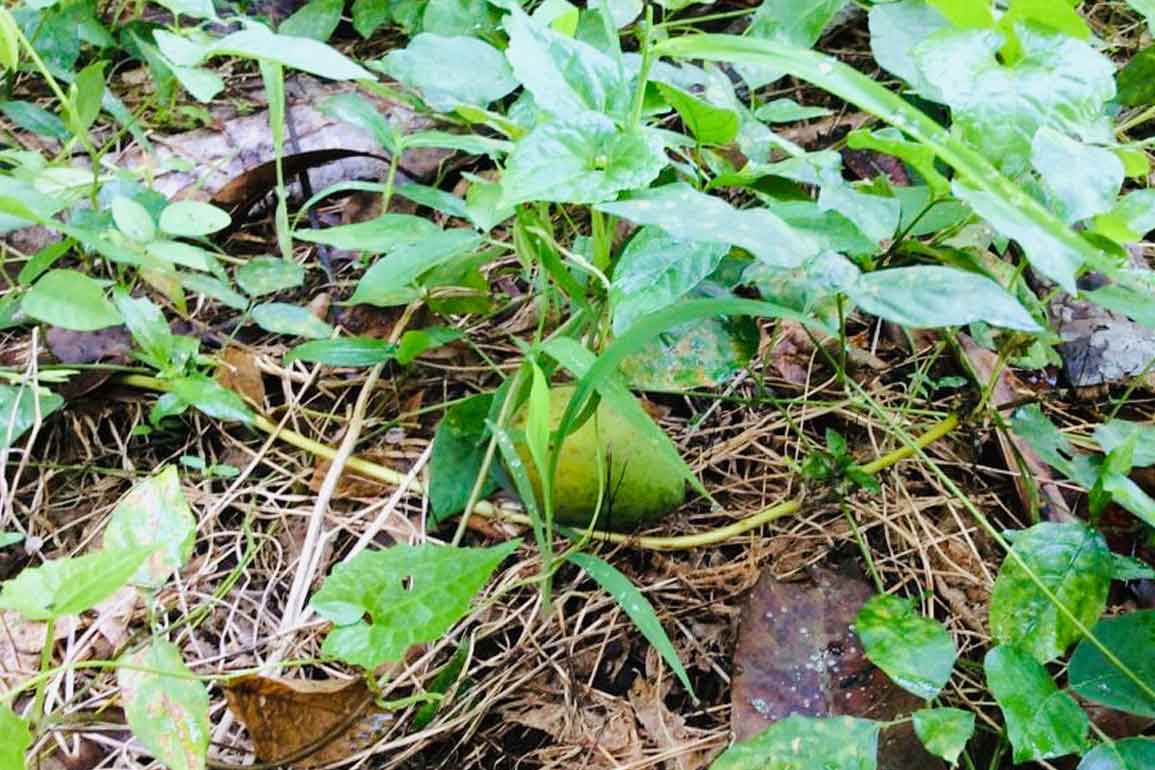
If half of them were collected after having voluntarily fallen from the trees, the special ones were carefully plucked, dropped into nets below gently. They were brought home in separate groups. Washed and patted dry, one set would go into huge earthen pots, the quintessential Kerala bharanis filled with saltwater, to lay supine for months until their perkiness had mellowed enough. Have you ever breathed in the fragrance when those bharanis were opened? That was just the prelude. Red chillies roasted in a bit of coconut oil and crushed using a pestle and mortar along with a few green chillies dropped on top of the soaked mangoes, a little more coconut oil added to it and then everything crushed together by hand. Steaming hot kanji in a bowl and this concoction on top of it, slowly mixed with your fingers. The aroma that wafts up your nose would turn into a showerof euphoria in the mouth and that Nivin Pauly-esque dialogue would escape your lips, “ente saare..”
Few others would be cut into perfect squares and rectangles, ready to be pickled, red and yellow. The turn of the nameless came last. Abandoned in non-decrepit aluminum buckets, they would wait patiently for ammachi. After her morning duties got over, she would take her seat in the veranda, stretch her legs wide, place a wide container between and a muram in her hand. One by one the mangoes would be peeled and the juices sieved through. The skins were carefully set aside. The yearly ritual would start. Mats made from kaitha (screw pine) would be ready in the hot sun. The thick juice would be spread evenly and left in the hot sun until evening. A new layer would be added each day. After 3-4 days, some roasted rice powder would be added along with some sugar for adjusting the taste. A few layers over the next few days with some change in proportions of the ingredients and a final coating of 2-3 layers of just the juice again. Dried in the sun during day time and rolled up in the evenings, the process would continue until almost the end of the holidays. We would wait in excitement for the final unravelling. The juice and rice powder dried into a thick mat would be gently detached, the mat would have left its trademark criss-cross pattern on it. The maanga thera was ready for storing. Cut into smaller rolls, these would go into yet another set of bharanis, to be relished after the season was over. Ammachi would reluctantly give us a few tiny pieces, for her everything had to be had in its own time. Meanwhile, the skins would have started another life, salted, dried and pickled. Finger licking delicious.
Have you ever wondered whether the place you inhabit imbibe its character from you? I don’t wonder, I know. If Kavalam house was as wild and free as the grandmother there, Pulincunnu house was all about grace and perfection. Not for Pulincunnilammachi the nameless mangoes and afternoons spent in abandon. The trees had a purpose and they fulfilled it without fail, year after year. Only the classy ones were allowed to grow. Plucked with utmost care just before they turned ripe they would be laid with beds of hay, each type in its own group. As with everything else, eating mangoes were also a ceremony by itself. After lunch was over, grandfather would slowly get up from the head of the table, walk over to the mango room, pick a few ripe ones discerningly, hand it over to one of us and make his way back to the table. The others would be waiting patiently for his return. The ritual would start, first cut at the root, then perfect slices one after another that were circulated around the table. Meanwhile, a mount of skins would pile up in front of him. A true lover of mangoes, he was. And poor diabetic ammachi would be left with a few small slices.
We grew up and apart. The ammachi of lush green fingers passed away one rainy June in Kavalam. December came first and then January and even February. The much-awaited flowers refused to show their faces, not one of them bore fruit that year. They were grieving their mother. Whoever said plants and trees do not have feelings never knew my ammachi and her mango trees.
Years passed by, our visits home grew few and far in between. The chakiri maanga tree dried away, maybe it had lost its purpose in life. Mummy followed ammachi and the house was locked up. The yard grew even wilder. My sister, our kids and I went back a few years ago, in another May. I wandered around aimlessly, longing for a bite of my favorite mango, to have a drop of that fall on my dress, knowing it was an empty hope, a dream that was never to be. All of a sudden, my eyes caught a patch of green under the grass. Gold! Breathless, I looked around. Away from where the old one stood, another one was swaying its branches in the breeze, laden with green tipped, purple-turning-yellow-at-the-roots ambrosia. A seed thrown away casually years ago, maybe. No, surely.
ammachi – grandmother
Kavalathammachi – grandmother in Kavalam
Pulincunnilammachi – grandmother in Pulincunnu
uppu manga – mangoes marinated in brine for a few months
chakiri maanga – mangoes with fibers as thick as the husk of a coconut

